When you hear the term moonlighting, some may be drawn back to Sunday evenings in the late ‘80s; Bruce Willis still had hair and was co-starring with Cybill Shepherd on the ABC television network. Others may take the term literally and think of the moon light falling from the sky to reflect from a peaceful lake or pond. While both of these are fantastic experiences related to moonlighting, what we really are going to focus on is secondary employment.
Moonlighting is a term used to describe holding a second job outside of normal working hours. The Bureau of Labor and Statistics reported in 2010 that only about 5% of the US population worked a second job. Therefore, while moonlighting may not be the norm, it certainly deserves your attention. If 5% of your staff works a part time job, which could be 5 people, or it could be 50 people, each of them may be opening up your entity to unintended liability exposure through their moonlighting pursuit.
Employers are able to set policies regarding the types of secondary employment an employee may have, as well as the amount of time that can be attributed to the secondary employment. Your entity should review your personnel policy as it would relate to moonlighting and confirm that it addresses the use of employer issued equipment, including but not limited to uniforms, weapons and other materials.
The warmer months create increased opportunities for those in law enforcement services. Many groups will be looking for staffing for special events, such as street dances, wedding dances, as well as fairs and other community events. As our law enforcement officers seek to engage in those moonlighting opportunities, you should review your policy and ensure that it covers use of employer issued uniforms and gear. If a situation goes awry, and your moonlighting employee is wearing the uniform you issued, one may assume that the security detail is part of his duties for you, and then you’re faced with potentially defending a claim against your entity for various reasons. Unfortunately, no matter how quickly a lawsuit is resolved, it still will take time and money. Therefore, taking a look at your policies on this topic now, may save you some time and money later.
Take the following scenario for example:
Jane Employee works for the City of Bren as a police officer. The City of Bren does not have a policy on moonlighting that extends to the use of equipment, the policy only indicates that the moonlighting activities shall not interfere with Jane’s ability to perform her duties as a police officer. Jane takes on a security guard position with Lynn County to help with the County Fair. Because Jane feels like she has more authority wearing her uniform issued by the City of Bren, she wears it during her security detail at the fair. She is comfortable using her Taser, and the fair board doesn’t provide one for her. An altercation breaks out and Jane, in her City issued uniform and using her City issued Taser, deescalates the situation. One of the involved parties, John Doe, asserts that Jane used excessive force. Because Jane was wearing her City uniform and using the City issued Taser, Mr. Doe includes the City of Bren in his list of defendants for the excessive force claim. The City of Bren of course had no involvement in the fair or Ms. Employee’s moonlighting activities, but the presence of the City’s logo and equipment leaves the impression that the City may have involvement.
Of course, the City of Bren still may be named in the excessive force suit for various other reasons, however, the odds are lessened by removing the City’s uniform and equipment from the scenario. Ms. Employee’s ‘security guard’ uniform in lieu of her City issued police officer uniform sends the proper message as to what her role is.
The moonlighting issue extends beyond law enforcement activities. Allowing employees to use your equipment for side opportunities should also be reviewed and considered carefully. If employees are allowed to use your equipment outside of the normal course of their employment, it is recommended that there is an agreement in place, which addresses the use of the equipment, and includes language which transfers the risk arising out of the use of the equipment onto the user, and away from your entity.
Your local counsel can assist in reviewing your policies related to moonlighting, by both your employees and your equipment. Where necessary, agreements should also be reviewed and finalized by local counsel. For those who are members of the South Dakota Public Assurance Alliance, sample contract language and rental agreements can be provided at no charge. If there are questions that extend beyond what we have sample documents for, we can offer additional assistance through the utilization of our Government Practices Hotline.
If you’re interested in a quote for coverage or have questions about sample policies, please visit our website at www.sdpaaonline.org, stop and see us at any of the upcoming events hosted by the SDML, the SDACC, the SDACO, the SDATAT or the SDACD, or give us a call at 800-658.3633, Option 2. Our Member Services team would be delighted to help!
Lynn Bren, AIC SCLA
Director of Member Services

